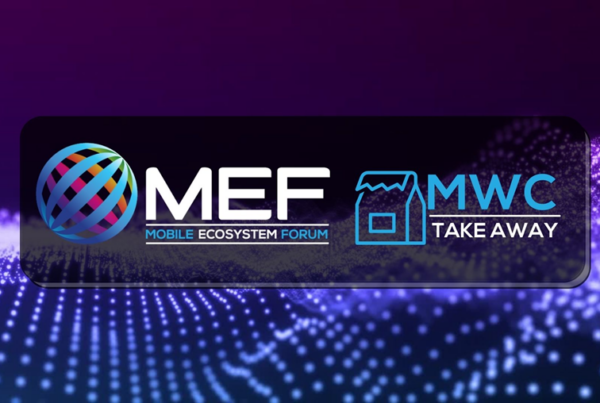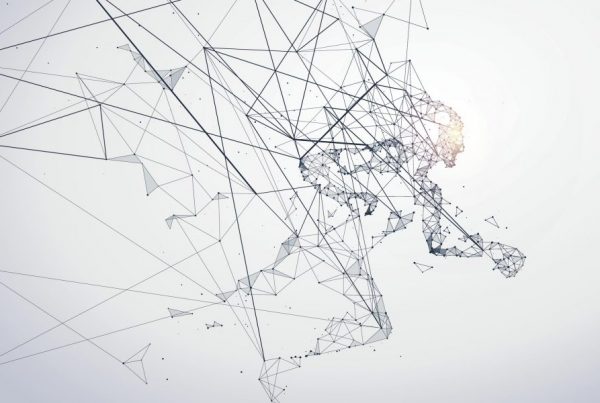For a decade, the QR code was the ‘nearly’ tech. But then WeChat came along. Chinese consumers re-invented the QR code for making payments. Now, the world’s ‘EMV’ card giants have made a big commitment to the tech, as Tim Green explains…
Back in the days when I was pretending to be the editor of a B2B mobile publication, I would constantly fight to preserve my scepticism.
It wasn’t always easy. In business, you meet very good sales people. It’s their job to overcome your diffidence. And they frequently do.
So many was the time I would go into a interview about something ridiculous and come away thinking: “Social media for cats? You know, that really could work…”
Another example? QR codes.

Goodness knows how many briefings I attended on this technology. But however many it was, I’d go in sceptical and come away thinking, “maybe…”.
And yet, as the months turned into years, it was obvious QR codes would never hit the big time . Hardly anyone used them.
There were such obvious hurdles. The first was the need to download a QR reader to your phone. Clearly, if you could scan direct from your camera straight out of the box, there would be more chance of you trying it.
But the QR code community never succeeded in persuading the OEMs to pre-install readers in their devices.
And when I say ‘community’, that’s a stretch. Actually, the big QR code providers offered a bunch of competing standards and were often at war with each other over patents. That also held back adoption.
Meanwhile marketers misused QR codes. They put them in subway stations where there was no signal, or on blink-and-you’ll-miss-it TV ads. Embarrassingly, some linked QR codes to web sites that weren’t optimised for mobile.

By 2011, comScore found that just 6.2 per cent of the US mobile audience had ever scanned a QR code on their phone. In 2012 Inc revealed 97 per cent of US consumers had no idea what QR code was.
So did the technology die?
Well, no. It flipped. While it proved hard to persuade customers to scan QR codes FROM their phones, it was a much easier sell to get retailers to scan codes ON customer phones.
Starbucks was the big winner here, of course.
Its wallet system is based on QR code reading. The wallet generates a QR code on the customer’s screen, which the sales assistant can scan. When he or she zaps it, Starbucks takes a payment and adds loyalty points to the wallet.
People love it. Now, 29 per cent of all Starbucks transactions are made this way.
Of course, Starbucks is still an outlier. It’s hard to think of many other prominent QR code success stories. But that’s only true of the west.
In China, QR codes are everywhere. And they’re frequently used for payment.
According to IR Search, smartphone payments in China hit $5.5 trillion in 2016 — compared to $112 billion in the US.
This is mostly thanks to the messaging platform WeChat. It comes with a scanner built-in. So every time someone downloads the app, they get a reader. At present, that 889 million people.
“QR codes can help accelerate the switch away from cash in developing markets – and combat all the fraud and embezzlement that goes with notes and coins.”
WeChat only launched its wallet in 2015, but Chinese consumers have gone crazy for it. They habitually scan codes to pay utility bills, friends, taxis, doctors, restaurant bills and everyday shopping items.
Well, now it looks like the rest of the world wants to grab some of that action.
Earlier this month EMVCo, the body that manages EMV card payment specs, unveiled two QR code payment specifications – one for merchant-presented codes, one for and consumer-presented.
Basically, the world’s dominant payment players have committed to one system.
“With the increasing deployment of QR code payment methods, it is important that (we) provide a consistent experience,” said Cheryl Mish, chair of the EMVCo board of managers. “Now is the time to ensure the technology’s potential is not constrained in the future due to interoperability issues.”
This was expected. EMVCo is responding to moves that its key members Visa and Mastercard were making anyway.
For example, Visa’s mVisa QR-based payment service is now live in 15 countries and is supported by 33 banks and more than 328,000 merchants across India, Kenya and Nigeria have adopted the interoperable standard.
And earlier this year, Visa, Mastercard and Amex combined to launch the world’s first interoperable QR code acceptance system. That was in India – to accelerate the take up of the national Bharat digital payment platform.
India is right at the forefront of the drive away from cash, and all the fraud and embezzlement that goes with notes and coins.
Clearly, QR codes can help accelerate this transition. Of course, NFC can do this too. But QR codes are more democratic. Any camera phone can scan them, and the cost of displaying them for a merchant is virtually zero (a piece of paper, compared to a live chip).
Now, the interoperable experiment is not just for Indians. It’s for everyone. Maybe, it’s time to park the scepticism. Maybe.





